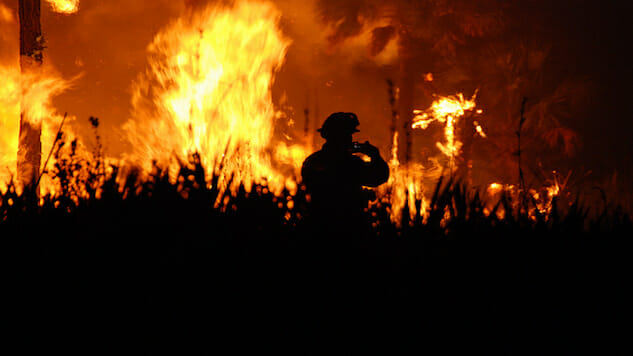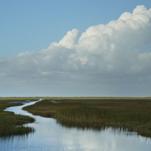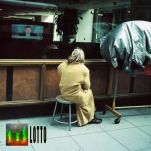Warming Signs: More Wildfires Are One Sign of a Warmer Planet

Often, when we talk about climate change, it seems like a far-off scenario. We talk in terms of saving the planet for future generations and predict disruptive sea level rise within the century. But the effects of climate change are already felt around the world; future changes will only intensify them.
![]()
On May 20, 2016, the first major fire in California began, sweeping across 3,700 acres in San Luis Obispo county. It was contained before harming anyone or damaging any buildings, but it signified the start of the state’s wildfire season. Before the year’s end, 6,938 fires would consume 565,070 acres in the Golden State alone.
Last year wasn’t as bad as 2015, at least, which holds the dubious distinction of the worst wildfire season in U.S. history. But the long, dry fire seasons plaguing western states every year are only getting worse. From 1980-89, there were about 140 major forest fires every year; that number has shot up to about 250; in the West, wildfires have more than tripled since the 1970s. Furthermore, forest fires have doubled in size in the last three decades.
Climate Change Plays a Factor
WIldfires are one highly visible sign of our warming planet.
Climate change is, of course, not the only factor influencing the rise of fires; weather patterns like El Nino can affect precipitation, which is a major part of the fires, as well. And land use—such as agriculture and urban development—also plays a role. Yet many of fires take place in national parks and protected areas, so it’s clear there are factors beyond land use to consider.
A July 2016 study published by PNAS found climate change caused by humans had doubled the area in which wildfires rage. A few months later, another study in the same journal confirmed climate change is a “key driver of forest fires.”
Changing Conditions
So what, exactly, has changed so much?
Part of the reason is a lengthening dry season. Temperatures are rising and precipitation patterns are changing. In a more dynamic climate, wet areas become wetter and dry areas become drier. The snowpack melts up to four weeks sooner; in fact, in many states, milder winters mean more rain and less snowfall, so the snowpack itself is much smaller. Spring arrives earlier now than it did a few decades ago and fall lingers longer. Instead of a five-month fire season, many places are now at risk for seven months or even longer; some regions may even see a year-round wildfire season.
-

-

-

-

- Curated Home Page Articles By Test Admin October 21, 2025 | 3:10pm
-

- Curated Home Page Articles By Test Admin October 21, 2025 | 2:57pm
- Urls By Test Admin October 21, 2025 | 2:57pm
- Curated Home Page Articles By Test Admin October 21, 2025 | 2:55pm
-

-

-

-

-

-

-

-

-

-

-

-

-

-

-

-

-

-

-

-

-

-

-

-

-

-

-

-

-

-

-

 Photo by
Photo by 


































